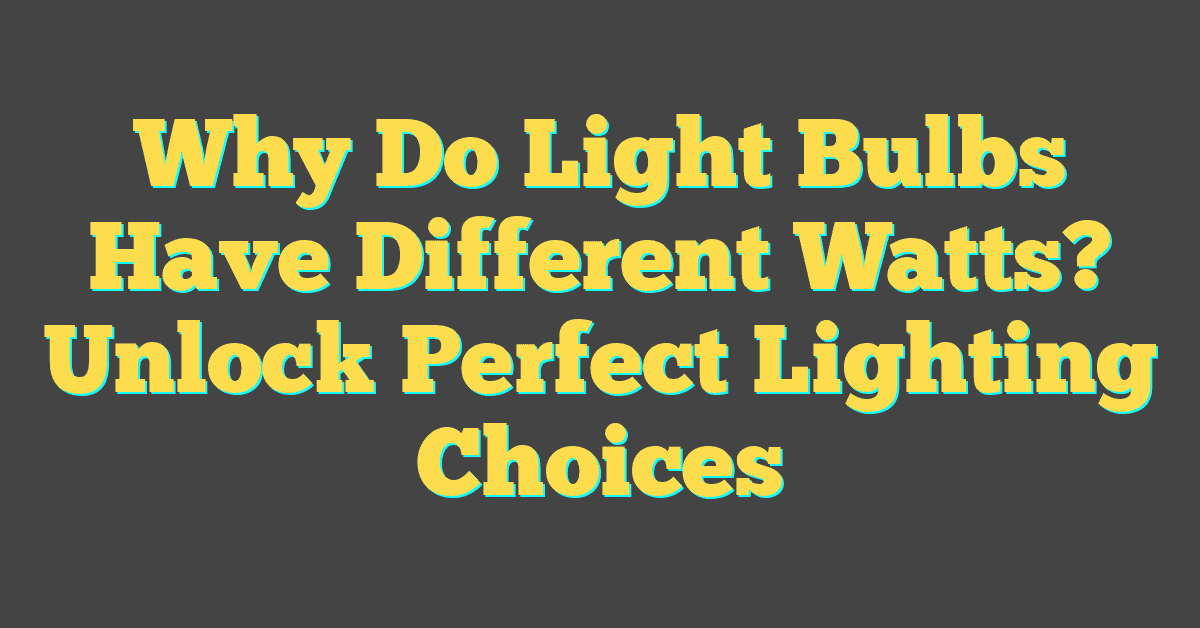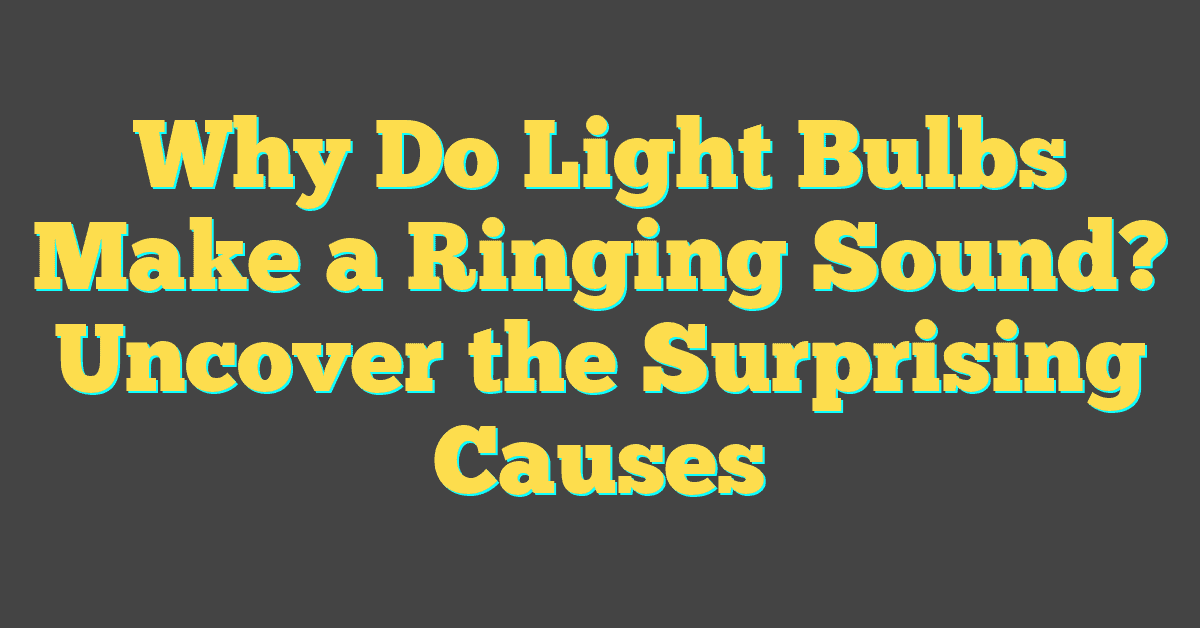Ever found yourself squinting into the fridge, wondering if that’s really leftover lasagna or last week’s takeout? It’s probably time to replace that tiny, yet crucial, fridge light bulb. But before you head to the store, do you know what size you need?

Navigating the world of refrigerator light bulbs can be surprisingly tricky. They’re not all created equal, and picking the wrong one can leave you in the dark—literally. Let’s shed some light on the subject so you can make your next grocery trip without a flashlight in hand.
You’ll be surprised at how a simple bulb swap can brighten up your kitchen routine. Stick around as we illuminate the path to finding the perfect fridge light bulb for your chilly companion.
Why choosing the right light bulb for your refrigerator is important
You might not think much about the small light bulb in your refrigerator—that is, until it goes out. It’s easy to overlook, but choosing the right light bulb isn’t just about avoiding a snack-time blackout. There are several reasons why picking the correct bulb matters significantly for both functionality and efficiency.
Proper Illumination ensures that you don’t miss anything in your fridge. Ever had the experience of finding a moldy piece of fruit at the back of the crisper drawer? It’s not only unpleasant but also a waste of food. With the right light bulb, everything in your fridge is visible, meaning less waste and more fresh, delectable meals.
Energy Efficiency is another critical factor. Refrigerators run 24/7, and so do their light bulbs—albeit only when the door is open. However, over time this adds up. An LED bulb, for example, can be more energy-efficient than a traditional incandescent bulb, saving you money on your electricity bills.
Safety shouldn’t be overlooked. A bulb that’s too powerful could generate excess heat. Not only can this impact the efficiency of your refrigerator, but it can also pose a safety risk. On the flip side, a bulb that’s too dim may lead to improper food storage, as you might not be able to see and properly organize your perishables.
Fit and Compatibility are also paramount. If you’ve ever tried screwing a bulb into a socket only to find it doesn’t fit, you know the frustration. Refrigerators typically require specific bulb sizes, usually smaller than your standard household bulb, so it’s essential to confirm compatibility before making a purchase.
Remember, it’s all about finding the bulb that aligns with your fridge’s specs while also providing the benefits that suit your lifestyle. When the light goes out, don’t just grab any bulb off the shelf. Consider these aspects carefully, and your fridge will serve you well, keeping your food visible, fresh, and safe.
Understanding refrigerator light bulb sizes

Knowing the right size for your refrigerator light bulb is like fitting a key into a lock — it has to be just right. Refrigerators typically use a specific bulb size known as an appliance bulb. These bulbs are smaller than the standard household bulb, yet they pack a punch in terms of light output and endurance to suit the unique environment of your fridge.
The standard size for these bulbs is usually 40 watts, but they come in a couple of differing shapes and base types. You’ll most likely encounter the A15 bulb shape, which is shorter and more stout than your typical A19 bulb found in lamps and ceiling fixtures. The base will typically be an E26, universally known as a medium base, or an E12, commonly referred to as a candelabra base.
Here’s a quick breakdown of the typical refrigerator bulb specifications:
| Description | Specification |
|---|---|
| Wattage | 40 Watts |
| Shape | A15 |
| Base Type | E26/E12 |
Double-check your refrigerator’s manual for the exact specifications. Some modern fridges might feature LED bulbs which yield a longer lifespan and come in varying sizes—more often than not they still align with the ‘appliance bulb’ classification in terms of physical dimensions. But wattages may differ, providing the same level of brightness for less energy.
Remember, although wattage is a measure of energy use, when it comes to LEDs, lumens are the key to brightness. An LED might use only 5 to 10 watts but still give you the brightness equivalent to a 40-watt incandescent bulb.
« What Is the Lightest Light Bulb? Discover the Future of Eco-Friendly Lighting
Is a Regular Light Bulb Good for Plants? Maximize Growth with These Tips »
Finally, don’t overlook the importance of temperature ratings. Refrigerator bulbs are designed to operate in cooler conditions without malfunctioning. The bulbs you purchase should resist moisture and provide consistent performance despite the frequent door openings that cause temperature fluctuations.
Falling in love with the perfect light bulb for your refrigerator might not have been your first DIY home project dream, but it certainly is a satisfying victory in the world of home maintenance and energy efficiency. Your fridge deserves the best light to showcase its contents brightly and reliably, so take your time to find that “perfect fit” appliance bulb.
Different types of light bulbs for refrigerators

As you dive into the world of refrigerator lighting, you’ll discover a few common types of bulbs that’ll suit your fridge. Knowing their differences can help you enhance visibility and lower energy costs effortlessly.
Traditional Incandescent Bulbs have been the standard for years. They’re inexpensive and produce a warm glow that has comforted midnight snackers for decades. However, they’re not as energy-efficient as newer options and can have a shorter life span.
Compact Fluorescent Lamps (CFLs), a more energy-efficient option than incandescents, emit a brighter, cooler light. They use less electricity and last longer. But be cautious; CFLs can be sensitive to temperature extremes, which is something to consider for refrigerator use.
On the forefront of energy efficiency are LED Bulbs. They use a fraction of the energy that traditional bulbs require and often outlast the appliance they’re illuminating. Plus, they’re immune to the frequent door openings and closings, making them ideal for your fridge’s harsh environment.
Here’s a quick breakdown of some characteristics:
| Bulb Type | Energy Efficiency | Temperature Sensitivity | Lifespan |
|---|---|---|---|
| Incandescent | Low | Low | Short |
| CFL | Medium | High | Moderate |
| LED | High | Low | Long |
For those enthusiastic about DIY projects, retrofitting your fridge to accommodate a different type of bulb can be a fun and rewarding challenge. However, ensure that your chosen bulb is compatible with your fridge’s specifications to avoid unnecessary tinkering.
Another aspect worth your attention is the light color or temperature, measured in Kelvins. While incandescent bulbs offer a warm light, typically around 2700K, LEDs can vary significantly, providing options from warm white to the cooler, daylight hues circling 5000K. This might not seem critical, but the right color temperature can drastically change the look of your food and your midnight raiding experience.
When selecting your bulb, always prioritize safety first. Look for bulbs specifically designed to withstand low temperatures and the moisture of a refrigerator. Brands often market these as “appliance bulbs,” which is a clue they’re built for the task.
How to determine the size of your refrigerator light bulb

Figuring out the right size for your refrigerator light bulb isn’t just about wattage or energy efficiency; it’s also about the physical fit. Begin by unplugging your fridge for safety—yes, it might seem simple, but it’s always best to play it safe with electricity. Next, gently remove the cover if there is one, and ease out the bulb.
Many refrigerator bulbs are tandard appliance bulbs, and these are typically 40 watts, but don’t assume this size will match your model. Instead, look for the bulb’s base type; it’s usually an E26 in the US, which refers to the diameter of the base in millimeters. However, some may have a smaller E12 base, or the “candelabra” size that you might be familiar with from decorative lighting.
To identify your bulb’s size without measuring, check the manufacturer’s manual—most will specify the bulb size and base. If you’ve misplaced the manual, don’t fret. Manufacturers often label the appliance itself or provide this information on their websites.
Make a note of these details:
- Wattage
- Base type (e.g., E26, E12)
- Bulb shape and dimensions
When shopping, bear in mind the shape of the bulb, too. Your fridge might need a T-shape or a traditional A-shape bulb, and the wrong one may not fit or could be obstructed by shelves and drawers. Bulb shapes and sizes can get a bit technical with a slew of letters and numbers like A19 or T8, which denote the bulb’s shape and size. Make sure the replacement matches the original to ensure a snug, correct fit.
Remember, swapping to a LED bulb can offer you not just a longer lifespan and lower energy bills, but also a more resilient light for the chilly ambiance inside your fridge. They’re designed to tolerate the cold much better than their incandescent cousins.
Tips for selecting the right light bulb for your refrigerator

When you’re on the hunt for the perfect light bulb to brighten up your fridge, a few insider tips make all the difference.
First off, brightness is key. You’ll want to aim for a bulb between 200 to 400 lumens for that sweet spot of visibility that won’t blind you during a midnight snack raid. Unlike other areas in your home, you don’t need a dimmable bulb in your refrigerator, as you want consistent light each time you open the door.
Next, consider color temperature. A cool white light—around 4000K to 5000K—is your best bet. It’s akin to daylight and makes your edibles look fresh and inviting without the harshness of a more intense blue-white bulb.
Now for energy efficiency: LED bulbs are the stars of the show. They sip on power rather than guzzling it, so you’ll notice the difference in your energy bills. Plus, they’re tough cookies, withstanding the chill of the fridge without a flicker.
Remember to check compatibility. Not all fridges play nice with all bulb types, so thumb through your manual or the labeling on the appliance for the needed specs. If you’re replacing an old bulb, take it with you to the store. It’s a surefire way to make sure you’re getting its twin.
As a DIY enthusiast, you’ll love this bit: installation is a snap! With the right bulb in hand, just turn off the fridge to be safe, pop out the old bulb, twist in the new one, and voilà! You’ve conquered the darkness without breaking a sweat.
Lastly, be a savvy shopper. Stock up on an extra bulb or two when you find the right fit. It’s one of those ‘better to have it and not need it than need it and not have it’ things. Plus, you’ll pat yourself on the back when it comes time to replace it again. Light bulb moments are best when they’re well, literal, and not due to the frustration of being left in the dark.
Conclusion
You’ve now got the know-how to pick the perfect light bulb for your fridge. Remember, the sweet spot for brightness is between 200 to 400 lumens, and that cool white glow at 4000K to 5000K will keep your fridge looking great. Stick with LED bulbs for their chilly resilience and energy savings. Don’t forget to double-check that compatibility list before you buy, and why not grab a few extra bulbs to have on hand? With these tips, you’ll keep your fridge shining bright without a hitch. Happy illuminating!
Frequently Asked Questions
What is the ideal brightness for a refrigerator light bulb?
A refrigerator light bulb should have a brightness between 200 to 400 lumens for optimal illumination without being too harsh.
What color temperature is recommended for a refrigerator bulb?
It is recommended to use a cool white light with a color temperature of around 4000K to 5000K for a fresh and inviting look in the refrigerator.
Why are LED bulbs recommended for refrigerators?
LED bulbs are recommended for refrigerators because they are energy-efficient and can withstand cold temperatures, making them durable and cost-effective.
How do I ensure the light bulb is compatible with my refrigerator?
Check your refrigerator’s manual or existing bulb base and wattage to ensure compatibility before purchasing a replacement light bulb.
Should I keep extra light bulbs for my refrigerator?
Yes, it is a good idea to keep extra refrigerator light bulbs on hand for quick and convenient future replacements.




